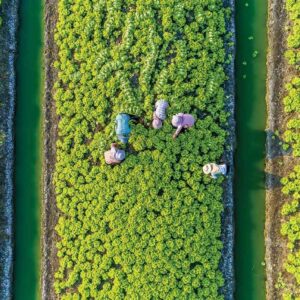
The world is going to face many unique challenges in the decades to come, including a rapidly expanding global population.
The United Nations estimates that the global population will reach 9.71 billion in 2050. That’s an increase of more than 1.7 billion people between 2023 and 2050.
Food security is among the more significant challenges the world will face as the population increases. The United States Agency for International Development notes that food security means all individuals, regardless of their physical or economic circumstances, have access to sufficient food to meet the dietary needs for a productive, healthy life.
Food security is a more significant issue than people may recognize, even in first world, fully developed countries. Estimates suggest more than 800 million people across the globe go to bed hungry every night, which underscores the seriousness of the issue.
Agriculture and food security: Food security and the agricultural industry are inextricably linked. The USAID indicates that most of the people who go to bed hungry at night are smallholder farmers who depend on agriculture to make a living and feed themselves and their families.
Supporting efforts to strengthen the agricultural industry can help to combat food security, as the USAID reports that growth within that sector has been found to be at least twice as effective at reducing poverty as growth in other sectors. Much of that can be traced to the disproportionate percentage of poor people who live in rural rather than urban areas. For example, the USAID reports that 75 per cent of poor people in developing nations live in rural areas.
What can be done: Though food security poses a significant global challenge, lack of access to healthy foods is preventable. Individuals in rural and urban communities can voice their support for efforts to strengthen the agricultural sector. A thriving agricultural sector can ensure fewer people go to bed hungry each night and bolster the economies of rural communities that are disproportionately affected by poverty.










